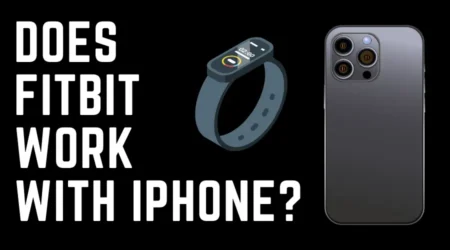With an increasing number of people embracing fitness, wearables like Fitbit have become indispensable tools to track progress, setting goals, and monitor health.
In fact, in 2020 alone, over 36.7 million Fitbit devices were sold globally
(Statista).
I. Introduction

Treadmill workouts are an essential part of many fitness routines, providing a convenient and effective way to burn calories and improve cardiovascular health.
As a Fitbit user and fitness enthusiast, I often found myself wondering if my Fitbit can accurately track my treadmill workouts.
So, I decided to delve deep into this question and provide a comprehensive analysis for fellow Fitbit users.
II. Fitbit Models and Their Treadmill Compatibility
Different Fitbit models come with varying features, but most are designed to track indoor workouts like treadmill exercises. Here’s an overview of popular Fitbit models and their treadmill compatibility:
A. Fitbit Charge Series
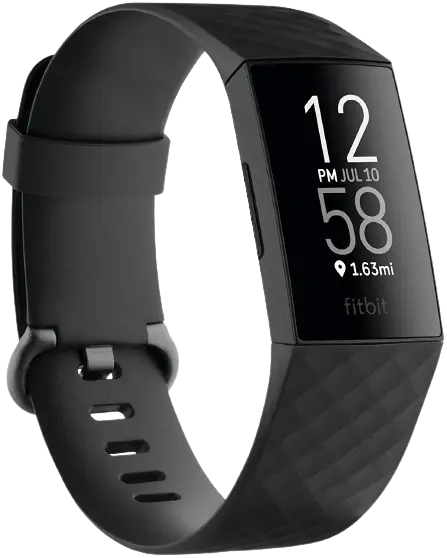
B. Fitbit Versa Series

Fitbit Versa models, such as Versa 2, Versa 3, and Versa Lite,
It comes equipped with a treadmill exercise mode that measures steps, distance, calories burned, and heart rate during your indoor runs.
C. Fitbit Inspire Series
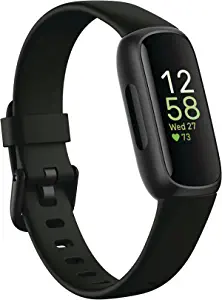
Both Inspire and Inspire HR models can track treadmill workouts, with the HR variant offering additional heart rate monitoring.
D. Fitbit Sense

As a premium smartwatch, Fitbit Sense has a dedicated treadmill exercise mode that records steps, distance, heart rate, and calories burned.
E. Fitbit Luxe
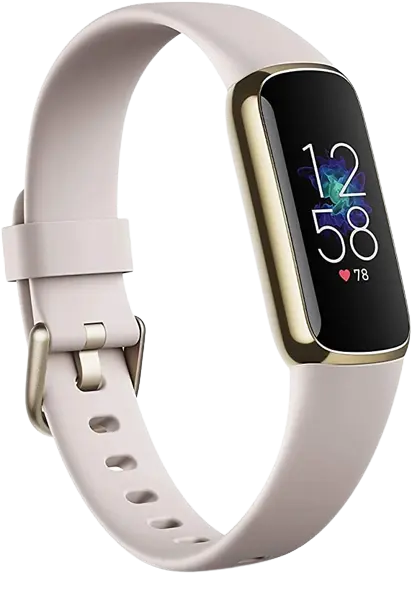
This stylish fitness tracker also supports treadmill workouts, providing step count, distance, heart rate (if worn correctly), and calorie data.
III. Fitbit Sensors and Treadmill
Tracking Fitbit devices use various sensors to monitor your treadmill workout:
A. Accelerometers and motion detection
These sensors track your movement patterns, allowing the device to estimate your steps and distance covered on the treadmill.
B. Heart rate monitoring

Fitbit’s PurePulse technology monitors your heart rate continuously during exercise, providing insights into your workout intensity and calorie burn.
C. GPS functionality
While GPS is primarily used for outdoor activities, some Fitbit models with Connected GPS can utilize your smartphone’s GPS for more accurate distance tracking on treadmills.
D. Altimeter and elevation tracking
Although less relevant for treadmill workouts, altimeters in some Fitbit devices can measure elevation changes during outdoor runs, helping to calculate calories burned more accurately.
IV. Fitbit Treadmill Exercise Mode
Fitbit devices with a dedicated treadmill exercise mode provide tailored tracking for indoor workouts:
A. How to set up treadmill exercise mode
To access treadmill mode, navigate to the exercise menu on your device and select “Treadmill.” You can customize workout goals such as duration, distance, or calorie burn.
B. Data provided by the treadmill exercise mode
In treadmill mode, your Fitbit tracks steps, distance, heart rate, calories burned, and workout duration. Some models also display real-time stats, like pace and heart rate zones.
C. Benefits of using the treadmill exercise mode
Using this mode ensures that your Fitbit focuses on tracking your indoor workout more accurately, taking into account factors such as stride length and intensity.
V. Accuracy of Fitbit Data
While Using a Treadmill Fitbit devices are generally accurate in tracking treadmill workouts, but certain factors can affect their precision:
A. Step count accuracy

Fitbit’s step-counting algorithm may slightly overestimate or underestimate steps during treadmill workouts, depending on factors like arm swing and stride length.
B. Distance measurement accuracy
The distance calculated by Fitbit during treadmill workouts may not always match the treadmill’s data, as it relies on your stride length and motion patterns. Calibrating your Fitbit can help improve distance accuracy.
C. Heart rate monitoring accuracy
These devices typically provide accurate heart rate data, but discrepancies can occur if the device is worn too loosely or if there’s excessive arm movement.
D. Calorie burn estimation accuracy
Fitbit calculates calorie burn using a combination of factors, including heart rate, age, weight, and activity level. While it provides a reasonable estimation, individual variations may affect accuracy.
E. Factors affecting accuracy and tips to improve it
Wearing your Fitbit snugly, calibrating the device, and maintaining a consistent stride can help improve tracking accuracy during treadmill workouts.
VI. Integrating Fitbit Data with Treadmill Workouts
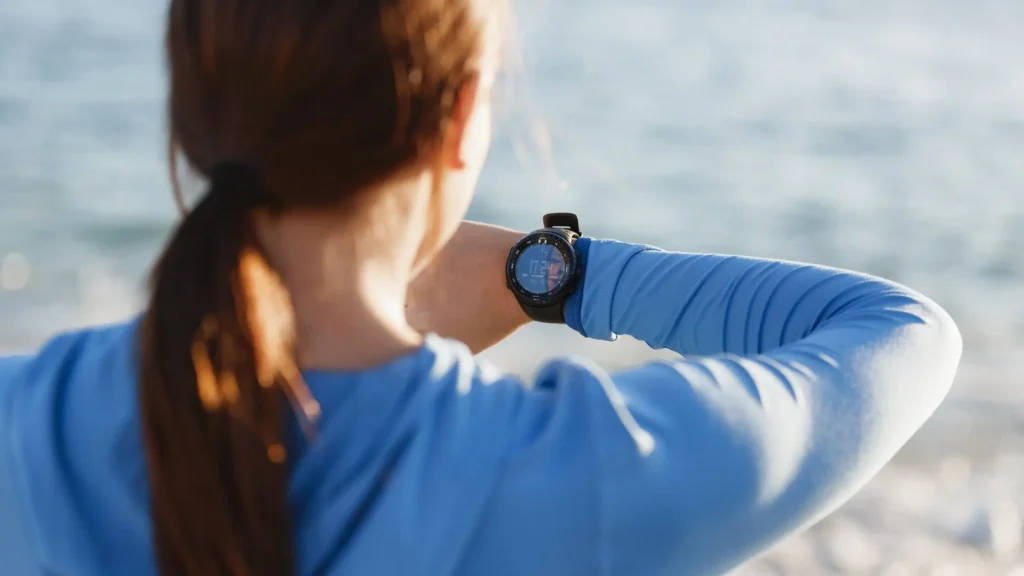
You can enhance your treadmill workout experience by syncing Fitbit data with other fitness tools:
A. Syncing Fitbit with treadmill apps
Many treadmill brands offer compatible apps that can be synced with your Fitbit account to share workout data and monitor progress.
B. Using Fitbit Coach for personalized workouts
Fitbit Coach, a subscription-based service, provides personalized workout plans, including treadmill exercises, based on your fitness goals and tracked data.
C. Incorporating heart rate zones in treadmill workouts
Fitbit devices display heart rate zones during exercise, helping you optimize workout intensity and reach specific fitness objectives.
D. Tracking progress and setting goals using the Fitbit app
The Fitbit app allows you to review your treadmill workout data, monitor trends, and set new goals, motivating you to stay consistent with your fitness journey.
VII. Fitbit and Treadmill Workouts:

Best Practices To get the most out of your Fitbit during treadmill workouts follow these best practices:
A. Wearing your Fitbit correctly for optimal tracking
Ensure your Fitbit is snug and positioned about one finger-width above your wrist bone for the most accurate heart rate and step tracking.
B. Calibrating your Fitbit for treadmill workouts
Input your personal details (age, weight, height) and stride length in the Fitbit app to improve distance and calorie tracking accuracy.
C. Incorporating warm-up and cool-down sessions
It Includes warm-up and cool-down periods in your treadmill workouts to reduce injury risk and improve recovery.
D. Balancing treadmill workouts with other exercises
For a well-rounded fitness routine, complement your treadmill workouts with strength training and flexibility exercises.
VIII. Comparing Fitbit Data with Treadmill Data

Differences in data sources and calculation methods can result in discrepancies between Fitbit and treadmill data:
A. Understanding the differences in data sources
Fitbit relies on motion sensors and personal details to estimate workout metrics. At the same time, treadmills use internal mechanisms and settings to calculate data, leading to variations in reported values.
B. The role of treadmill settings and calibration
Properly calibrating your treadmill and ensuring its settings are accurate can help reduce disparities between Fitbit and treadmill data.
C. Evaluating the reliability of each data source
Both Fitbit and treadmill data have their limitations. Cross-referencing both data sets can provide a more comprehensive understanding of your workout performance.
D. How to make the best use of both data sets
Leverage both Fitbit and treadmill data to gain insights into your workouts, identify trends, and make necessary adjustments to optimize your fitness routine.
IX. Troubleshooting Common Fitbit-Treadmill Issues

Occasionally, you may face issues when using your Fitbit with a treadmill. Here are some tips for resolving common problems:
A. Inaccurate step counts or distance measurements
Ensure your Fitbit is worn correctly and consider calibrating your device to improve tracking accuracy.
B. Inconsistent heart rate readings
Wear your Fitbit snugly and minimize excessive arm movements to improve heart rate tracking accuracy. You can also try adjusting your Fitbit’s position on your wrist or cleaning the sensors.
C. Syncing problems between Fitbit and treadmill apps
Ensure your Fitbit and treadmill apps are updated to their latest versions, and check that your devices are compatible. Restarting your device or resetting your Bluetooth connection can also resolve syncing issues.
D. Resolving technical glitches and connectivity issues
If you experience technical issues, consult the Fitbit troubleshooting guide or contact customer support for assistance.
X. Conclusion

Fitbit devices are valuable tools for tracking treadmill workouts, providing accurate data and insights into your fitness progress.
While minor discrepancies may occur, following best practices and troubleshooting common issues can optimize your Fitbit’s performance during treadmill exercises.
By incorporating Fitbit data with other fitness tools, you can enhance your workout experience, stay motivated, and achieve your fitness goals.
FAQs:
Can all Fitbit devices track treadmill workouts?
Most modern Fitbit devices come equipped with sensors that can track treadmill workouts, but not every Fitbit has a dedicated treadmill mode.
How can I quickly access treadmill mode on my Fitbit device?
You can add treadmill exercise as a shortcut in the Exercise Shortcuts area or select treadmill mode from the main dial or setup section.
Can Fitbit devices automatically track treadmill workouts?
Fitbit devices with treadmill mode can automatically track treadmill sessions once the mode is activated.
How does Fitbit track calories burn during treadmill workouts?
Fitbit calculates calorie burn during treadmill exercises based on factors such as heart rate, age, weight, and activity level.
Why do Fitbit and treadmill data sometimes show different readings?
Fitbit relies on sensors and algorithms to estimate workout metrics, while treadmills use internal mechanisms and settings to calculate data, which can result in variations in reported values.
Can Fitbit measure exercises other than treadmill workouts?
Yes, Fitbit devices can track a variety of exercises, including running, walking, cycling, swimming, and more.
Does Fitbit Charge HR have a dedicated treadmill exercise mode?
Yes, Fitbit Charge HR has a treadmill exercise mode that tracks steps, distance, and heart rate during indoor runs.
How can I improve the accuracy of my Fitbit’s tracking during treadmill workouts?
Ensure your Fitbit is snugly and correctly positioned, calibrate your device, and maintain a natural pace with precise control.
Can Fitbit devices with GPS connect to treadmills?
No, GPS functionality is primarily used for outdoor activities, and treadmills do not have GPS connectivity.






